Part 1:
How to stop the tank invasion of the Russian Federation: the main directions of strikes and opposition to horde tactics
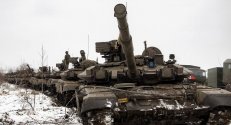
Russia relies on armored units - as the main strike force
The Russian Federation continues to concentrate significant forces on its borders with Ukraine, whose main core is armored units. It is in the invasion of tanks that the Russian army is placing its main bet on a possible full-scale offensive.
Defense Express spoke with Vadim Pavlych, an oil tanker and practitioner, about countering this threat, tactics and weaknesses.
From brigades to divisions and armies
The fighting in Donbass showed the Russian Federation that its transition to a brigade structure was wrong. In 2014 it was a novelty, but then our artillery nullified its BTG. And in 2016 they just didn't have enough strength, because we "bite" them - they stood in our defense.
So they decided to return to the Soviet system by abandoning brigades and returning to regiments, divisions and armies. The fact is that it is impossible to simply copy the mechanisms that were designed in the USSR for divisions and "extend" them to the system of Western brigades.
And now they are using everything that was developed during the Soviet era - the mass use and the old organizational and personnel structure, including maintenance by repair battalions.
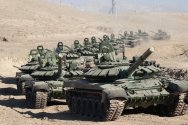
In Russia, they returned to the Soviet team and organizational structure
It also allowed us to use decades-old calculations on the cost of fuel and lubricants, shells, daily gears. They went back to these formulas. As a result, if we take our best performing tank brigade, it will just be your tank regiment," said Vadym Pavlych.
To understand: the tank regiment (in the classic version) is three tank battalions - 94 tanks, and the tank division (classic version) has two tank regiments, and the tanks are in the motorized rifle regiment.
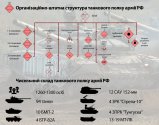
The Tank Regiment is a strike group with a significant material and technical base
It should be noted that such "classical execution" in practice is implemented with "local characteristics" and the actual organizational and personnel structure of regiments and divisions, the number of combat vehicles, their types and even personnel in the Russian army - different in different units.
But a division actually has a triple advantage over the brigade in manpower and equipment, which according to Soviet-era statutes is the minimum condition for the offensive. And the "painting" of Russian forces around Ukraine in the form of regular groups, in contrast to tactical battalion groups, much better reflects the actual level of threat.
In addition, as Vadym Pavlych noted, in Syria the Russian army discovered what it could not do in Donbass - working in combat conditions the interaction between aviation and ground units. Both during direct fire support and in the task of targeting long-range missiles.
Likely directions of blows
Since 2014, the Kremlin has been systematically increasing its military presence and infrastructure on the northern border with Ukraine, and the de facto transformation of Belarus into a "federal district of Russia" has expanded the possible base for a possible attack more than 1,000 km from the Belarusian border. -Ukrainian.
As of today, there are four armies stationed around Ukraine, and another one is moving to Belarus, as well as three army corps.
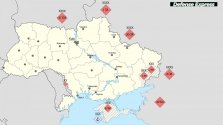
Concentration of Russian troops around Ukraine
In particular, the
is stationed in the direction of the Chernihiv-Sumy line, the 20th All-Military Army is stationed in the direction of Slobozhanshchyna, and 41 units of the All-Military Army are stationed on the southern border of Belarus.
Also in the occupied part of Donbass there are the 1st and 2nd army corps of the so-called "LDNR", which are integrated into the general command system of the armed forces of the Russian Federation. Behind them unfolded the 8th All-Army, and in the Kuban - the 49th All-Army.
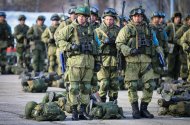
Russia keeps its troops in Transnistria under the guise of peacekeepers
The 49th can operate both towards Donbass and through occupied Crimea, where significant forces are also concentrated, the core of which is the 22nd Army Corps and the Russian Black Sea Fleet. We must not forget about the unrecognized Transnistria, where a separate group of the Russian army is located.





